Asian Ceramics & Works of Art Sale Results
It’s been an extremely busy and exciting few months here at Gorringe’s. Following the success of our first Post 1880 Art & Design sale in September, our Asian Ceramics & Works of Art auction on 21 October once again attracted interest from around the world, with impressive results and strong bidding across categories. All sold prices listed below include Buyers' Premium.
AsianSaleLot-Lot 1.jpg
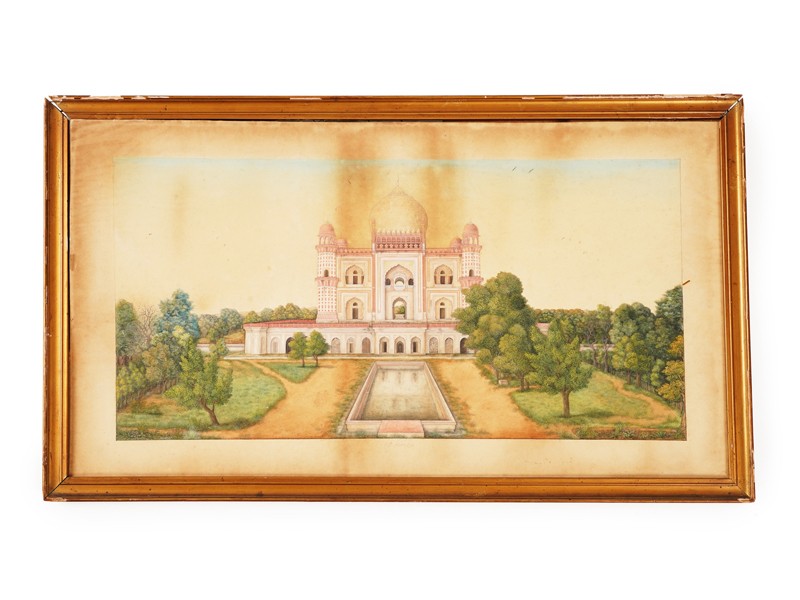
As with our last Asian sale, Indian works of art performed particularly well. The first lot of the sale, Lot 1, achieved an exceptionally strong hammer price of £5,750. The gouache miniature depicts Safdarjung's tomb, a sandstone and marble mausoleum in New Delhi, India, which was built in 1754 for the second Nawab of the Kingdom of Awadh. Its success mirrored that of a miniature from the previous sale, which sold for more than 20 times its low estimate.
AsianSaleLot-Lot 29.jpg
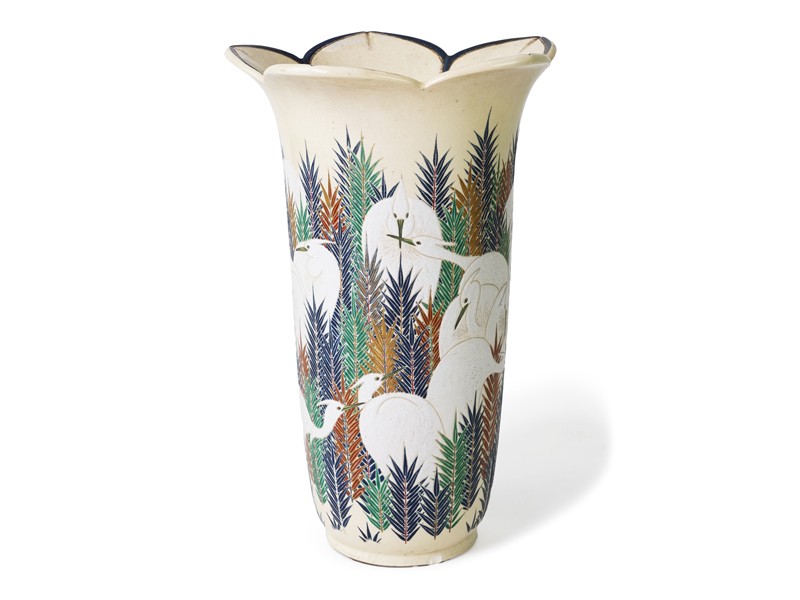
In perhaps the most impressive result of the sale, Lot 29, an exhibition-size Japanese Satsuma ‘egrets’ vase, sold for £13,750 against an estimate of £400-600. Of the Meiji period, this bell flower vase features finely painted white-plumed egrets amid colourful
foliage. While we can’t be certain, the strong result suggests it may have been created for one of the international exhibitions that helped bring Japanese art to the international stage for the first time.
AsianSaleLot-Lot 54.jpg
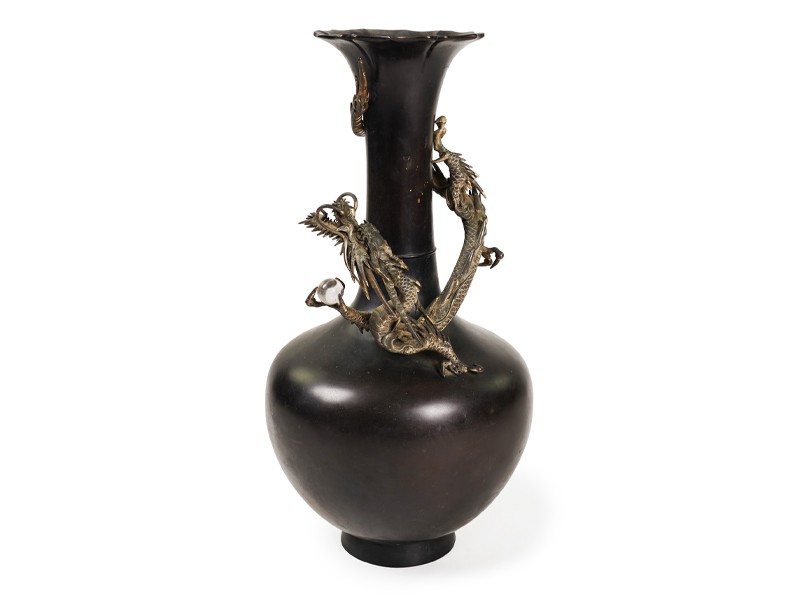
Several Japanese bronzes included Lot 54, a massive Japanese bronze ‘dragon’ bottle vase, also of the Meiji period. The bottle’s long neck has a petal-lobed flared rim, encircled by a dragon with silvered highlights, clasping a glass ‘jewel’ in one paw. This elegant piece had an estimate of £300-500 and sold for £5,250.
AsianSaleLot-Lot 68.jpg
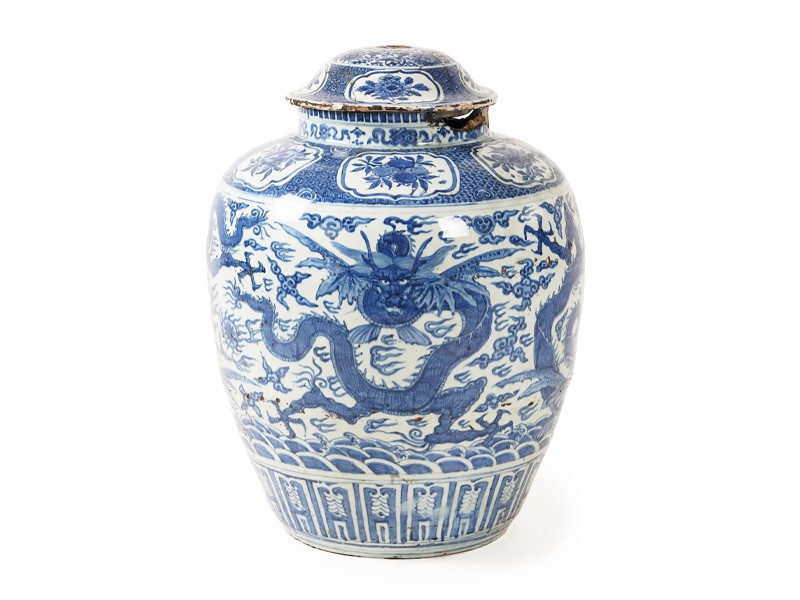
Another standout lot was Lot 68, a massive blue and white Chinese jar and cover, which dates to the late Ming dynasty. With an estimate of £3,000-5,000, it features four winged dragons, symbols of the Imperial authority, and a six-character Wanli mark on the base (1572-1620). It sold for a fantastic £21,875.
AsianSaleLot-Lot 110.jpg
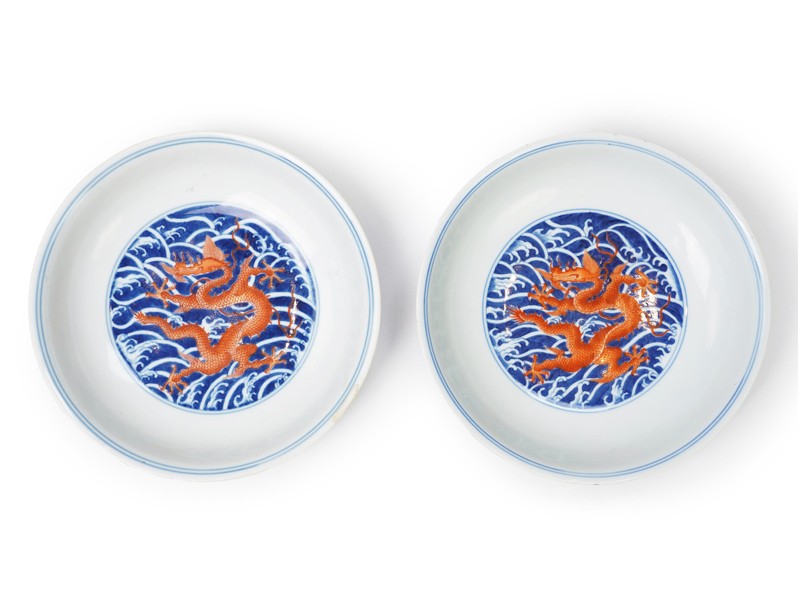
The top lot of the sale was Lot 110, a pair of Chinese iron red and underglaze blue ‘dragon’ dishes with a Qianlong seal mark and of the period (1736-95). From the collection of Thomas Maitland Snow, CMG, a prominent British diplomat during the Second World War, the dishes sold for £23,750, almost three times its low estimate of £8,000.
AsianSaleLot-Lot 213.jpg
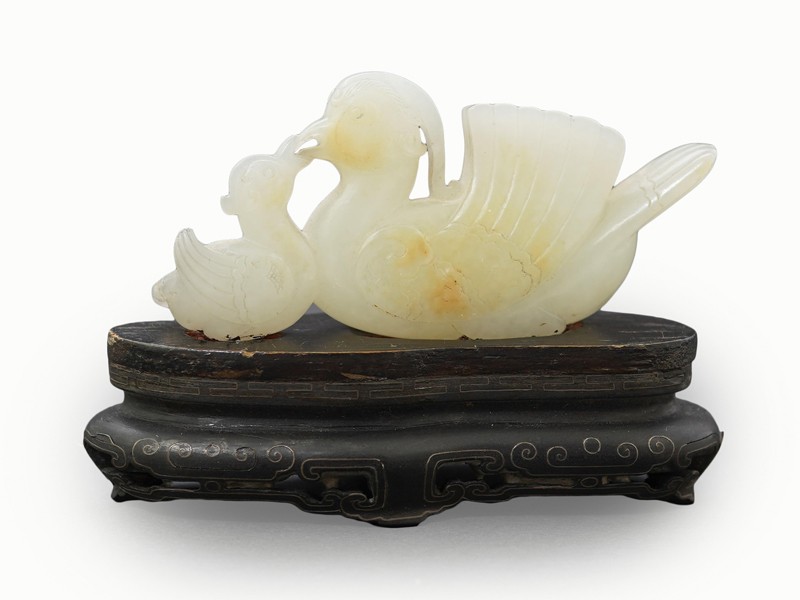
The catalogue also featured a number of attractive jade ornaments and items, including Lot 213, a delightful Chinese white jade mandarin duck group. With an estimate of £600-800, the 18th/19th-century piece is carved with a female mandarin duck feeding its young and sold for £4,750.
With such impressive results demonstrating a continued demand for high-quality Asian ceramics and works of art, we very much look forward to our next sale on 28 April 2026.




